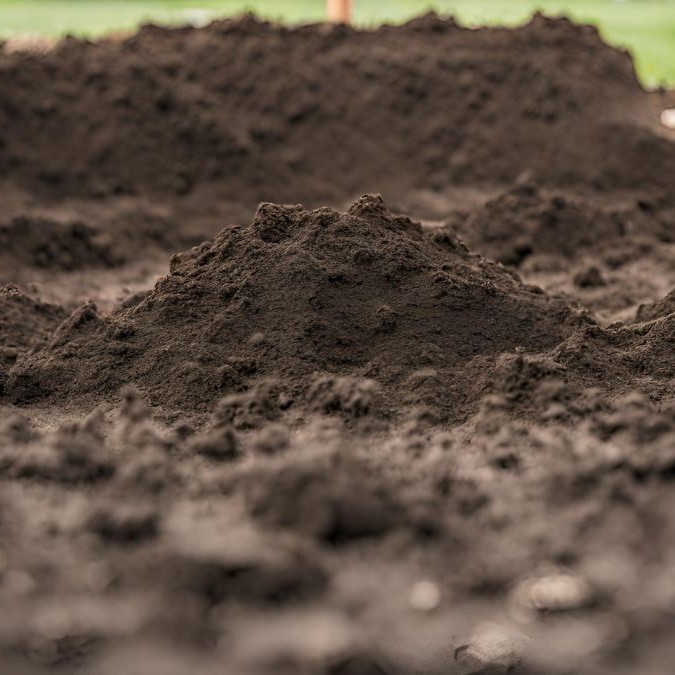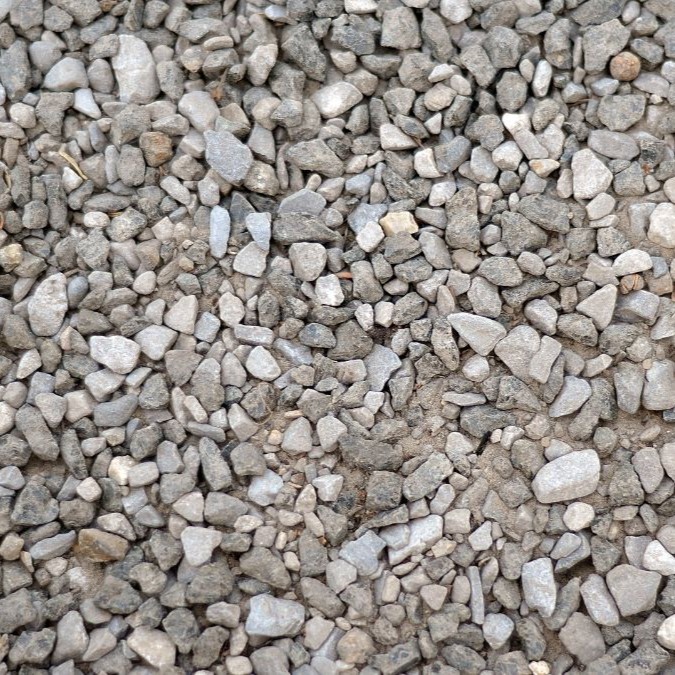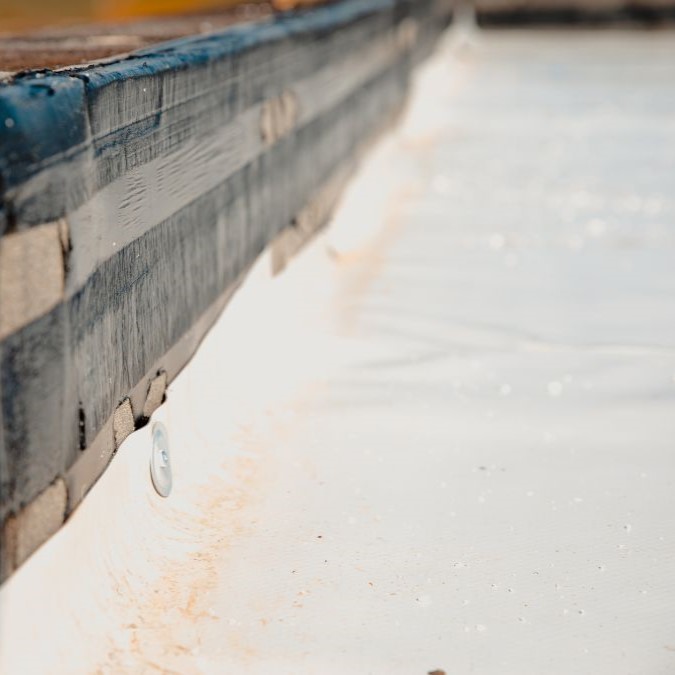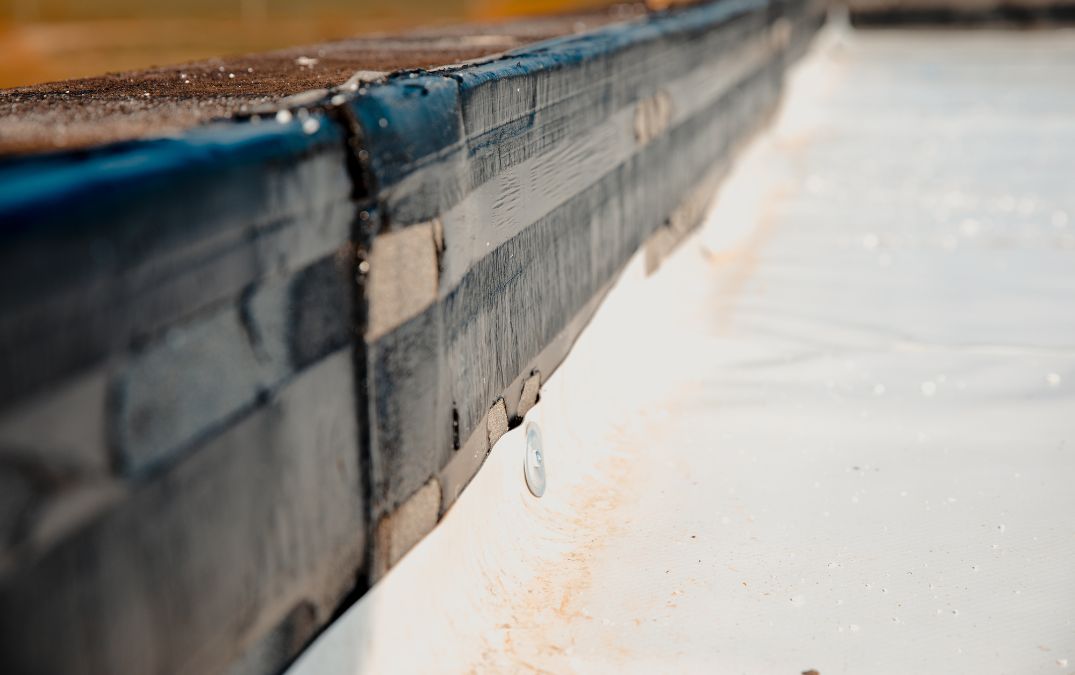Compacting the Soil Foundation
The process of laying a concrete floor starts with preparing the foundational layer, which involves compacting the soil. This stage is crucial for creating a stable base for the concrete slab. Compacting the soil helps in eliminating air pockets and reducing the soil volume, thereby providing a solid and level ground. It's a step that can’t be overlooked, as it directly influences the integrity and longevity of the concrete floor.
Compaction ensures that the soil has uniform density and strength. This uniformity is essential to prevent uneven settling or shifting of the concrete slab once it’s laid. If the soil isn't compacted, the concrete is more likely to crack or move over time due to the uneven support from the ground below. This can lead to structural problems and may require costly repairs.
In the process of compaction, the soil is mechanically compressed, often using specialised equipment like compactors or rollers. This equipment applies pressure to the soil, squeezing out air and excess water, which strengthens the soil and increases its load-bearing capacity.





